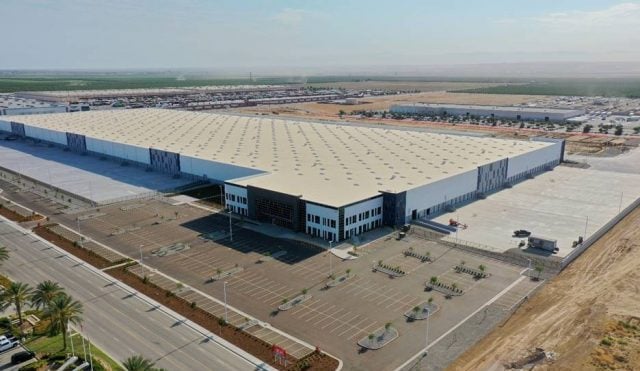MIAMI—There's plenty of talk about executive office suites, coworking and other collaborative workspaces—and corporations are taking notice. But how can companies tap into the new office paradigm?
GlobeSt.com caught up with Stephen L. Smith, vice president of The Hogan Group, which manages and leases 1.4 million square feet of office space at Waterford at Blue Lagoon in Airport West, to get some answers in part one of this exclusive interview. Be sure to come back to this afternoon's Miami edition to read part two, in which Smith will offer advice for tenants whose leases are expiring in a tight market.
GlobeSt.com: Multinational corporations are expanding as the economy improves. Yet, they are not adding office space. How are they managing that growth without leasing additional space?
Smith: The trend is to put more people in less space. We are finding that companies are taking people out of offices and creating a more open collaborative environment.
Originally this trend may have been fueled by a desire to cut costs. However, today it has more to do with the changing way that people work. Case in point: we saw one company not give employees a dedicated desk. Basically, you have a locker and a workspace area for the day.
Another trend we are increasingly seeing companies give employees the flexibility to work at home, say two days a week. So you are essentially sharing an office or a workstation with another employee the days he or she works from home.
GlobeSt.com: What's the minimum amount of space companies can allocate per employee?
Smith: By municipal code, it is one person per every 100 square feet. The old rule of thumb was one person per 250 square feet, which is about four employees per 1,000 square feet. With the move to more open workspaces, offices have gotten denser and denser. Now, we are seeing densities of six people to seven people per thousand square feet.
GlobeSt.com: If you put more people in smaller spaces, how do you accommodate parking for so many cars?
Smith: This can be a problem. No building was designed for those kind of densities. We don't usually have an issue because most of our tenants are multinational with their Latin America headquarters in our office park. So, at least 25% of the building is traveling most of the time.
However, it may get challenging when you have people working in the office all the time. Clearly, if you're only given three to four spaces per 1,000 square feet and the density in the office is five or six, then you have a parking problem. To be ahead of the curve, we are designing our next office building in this office park with more parking. It really is a new paradigm.
© Touchpoint Markets, All Rights Reserved. Request academic re-use from www.copyright.com. All other uses, submit a request to [email protected]. For more inforrmation visit Asset & Logo Licensing.






